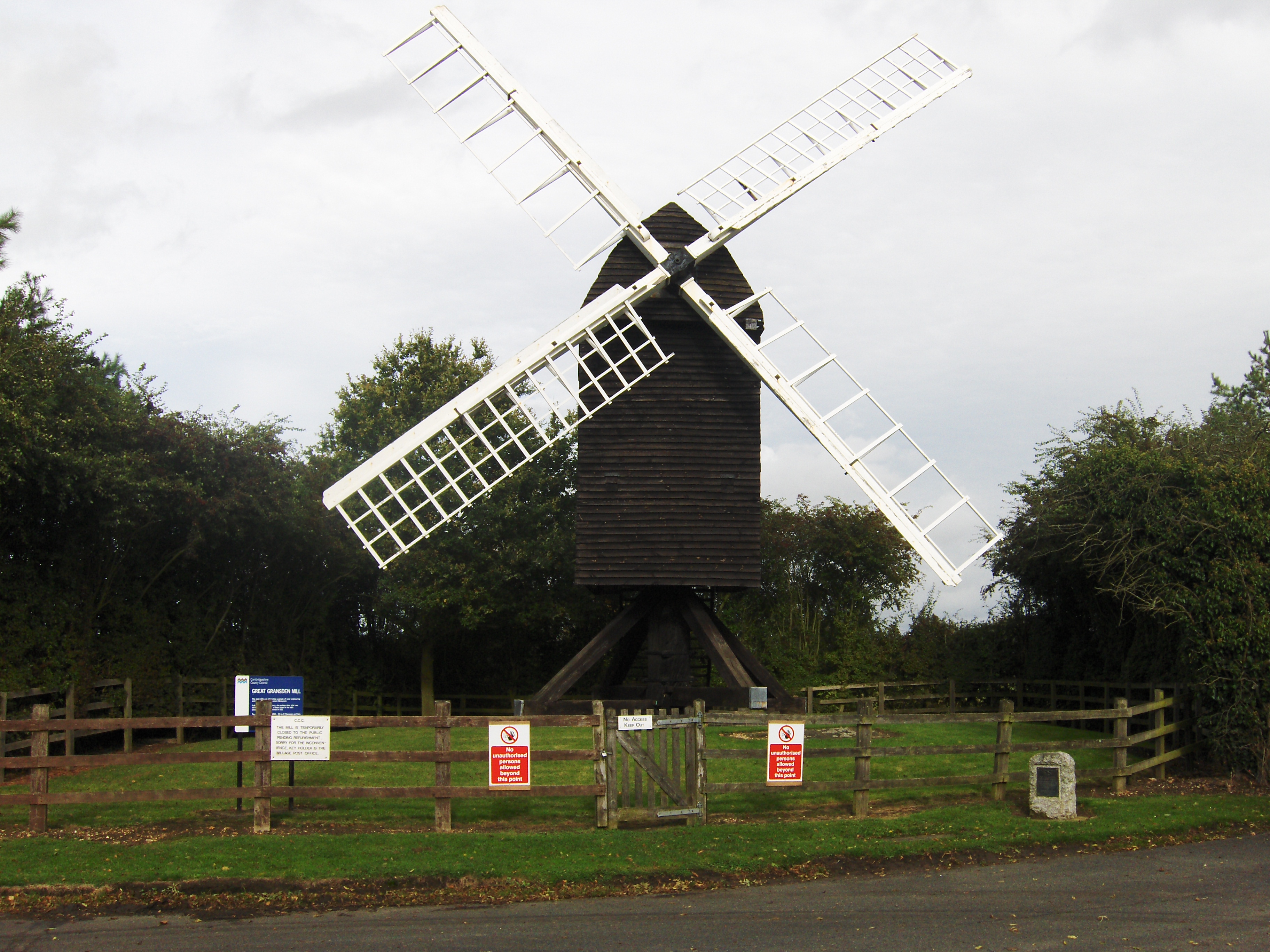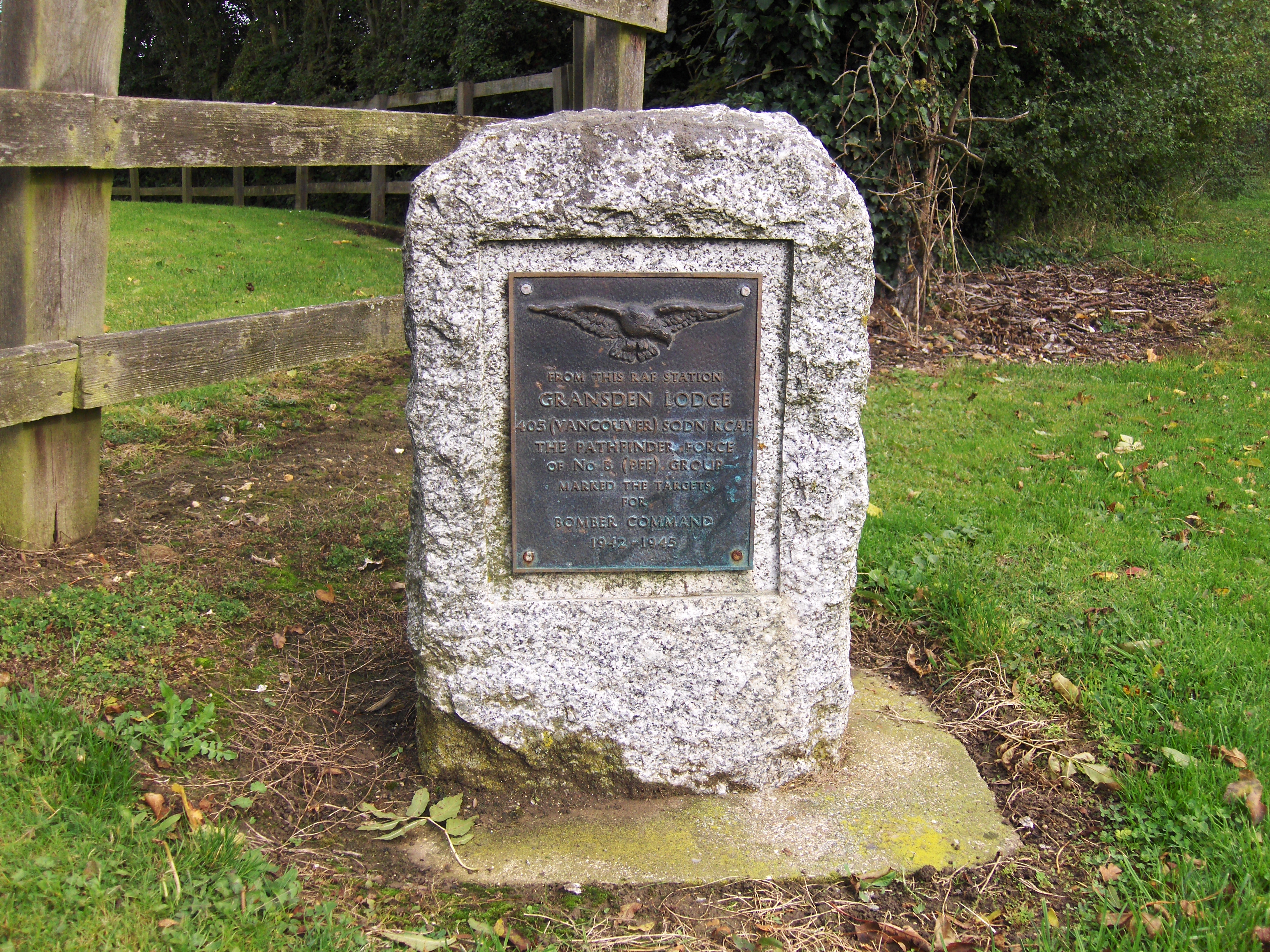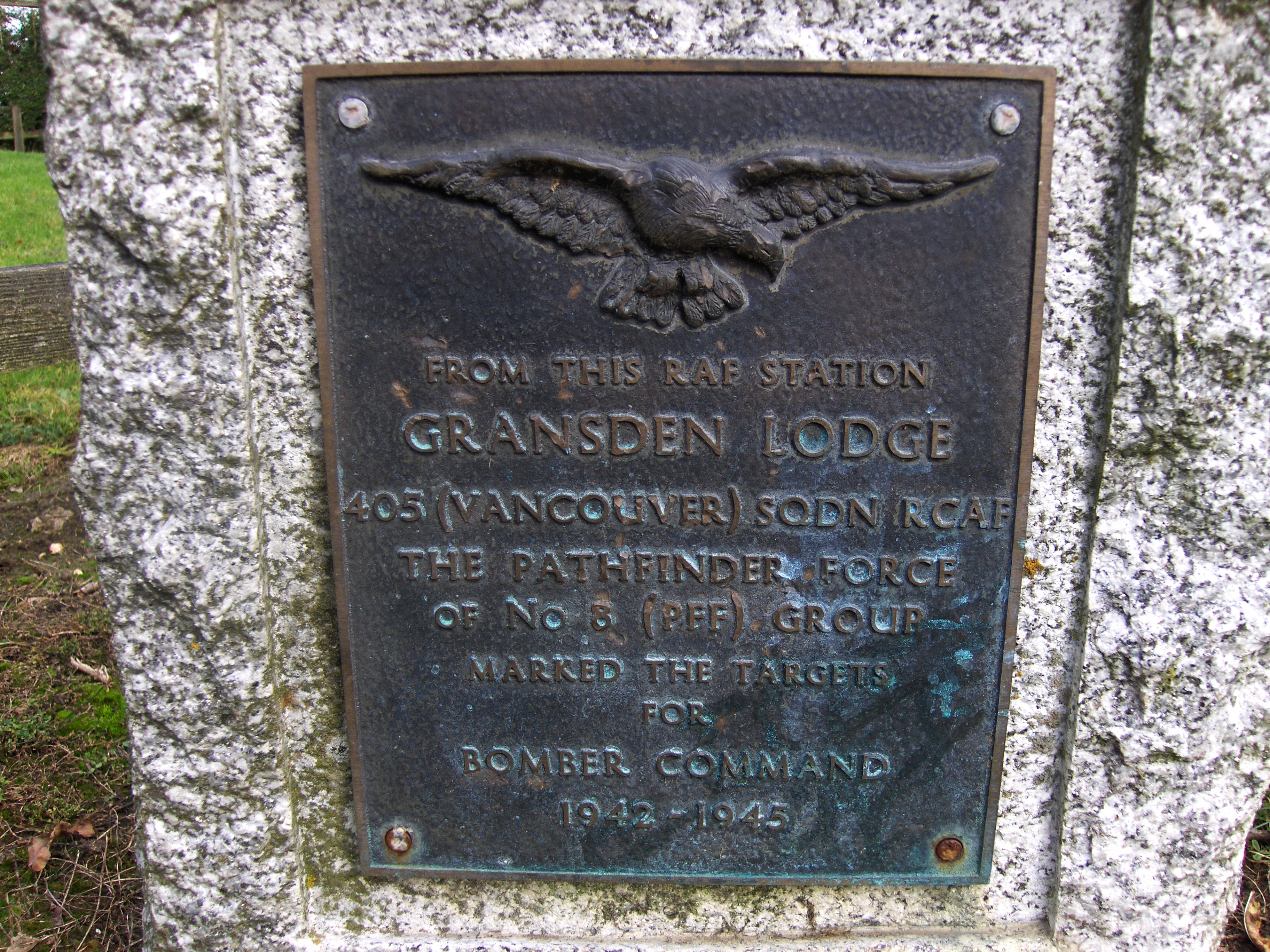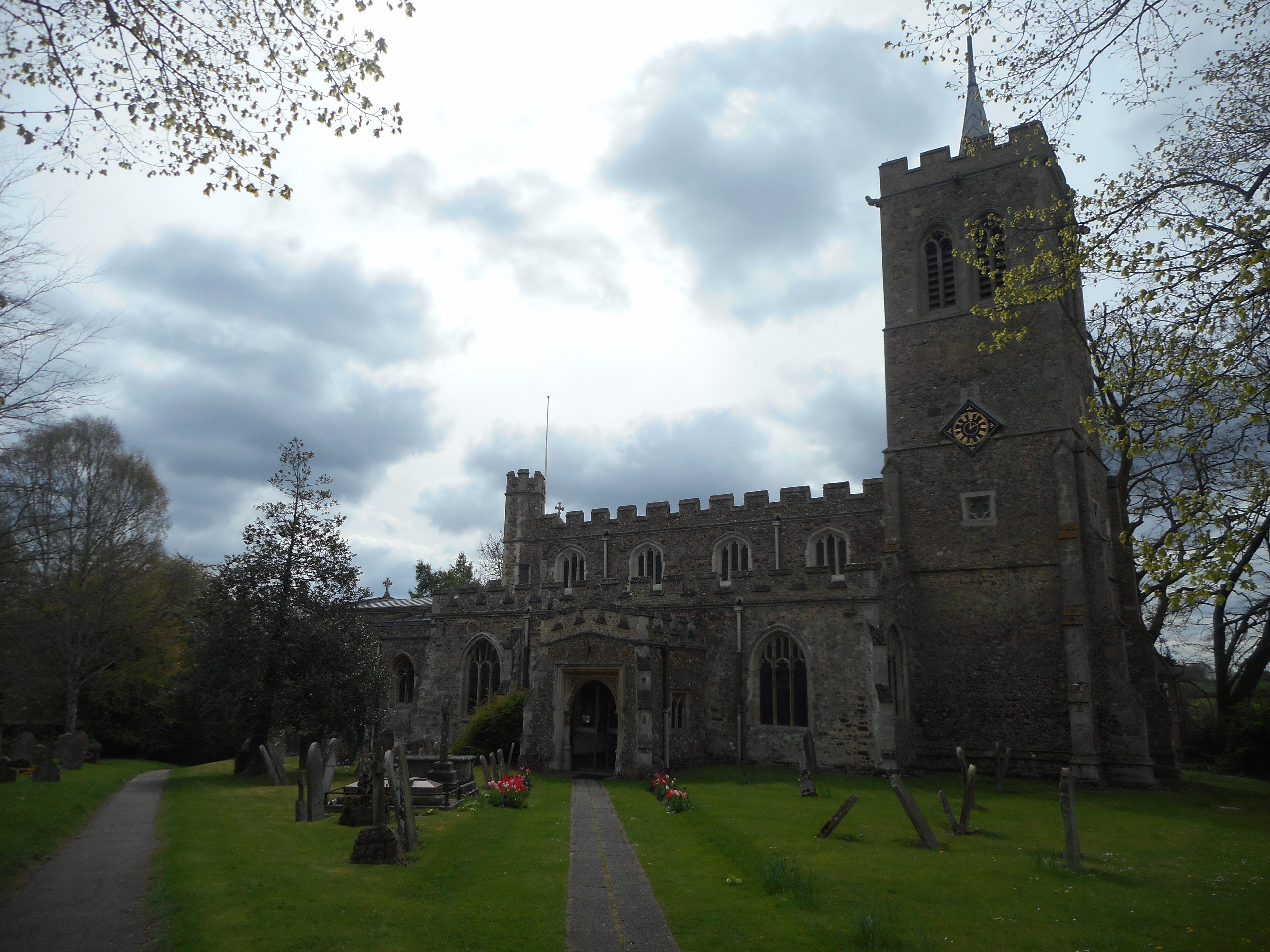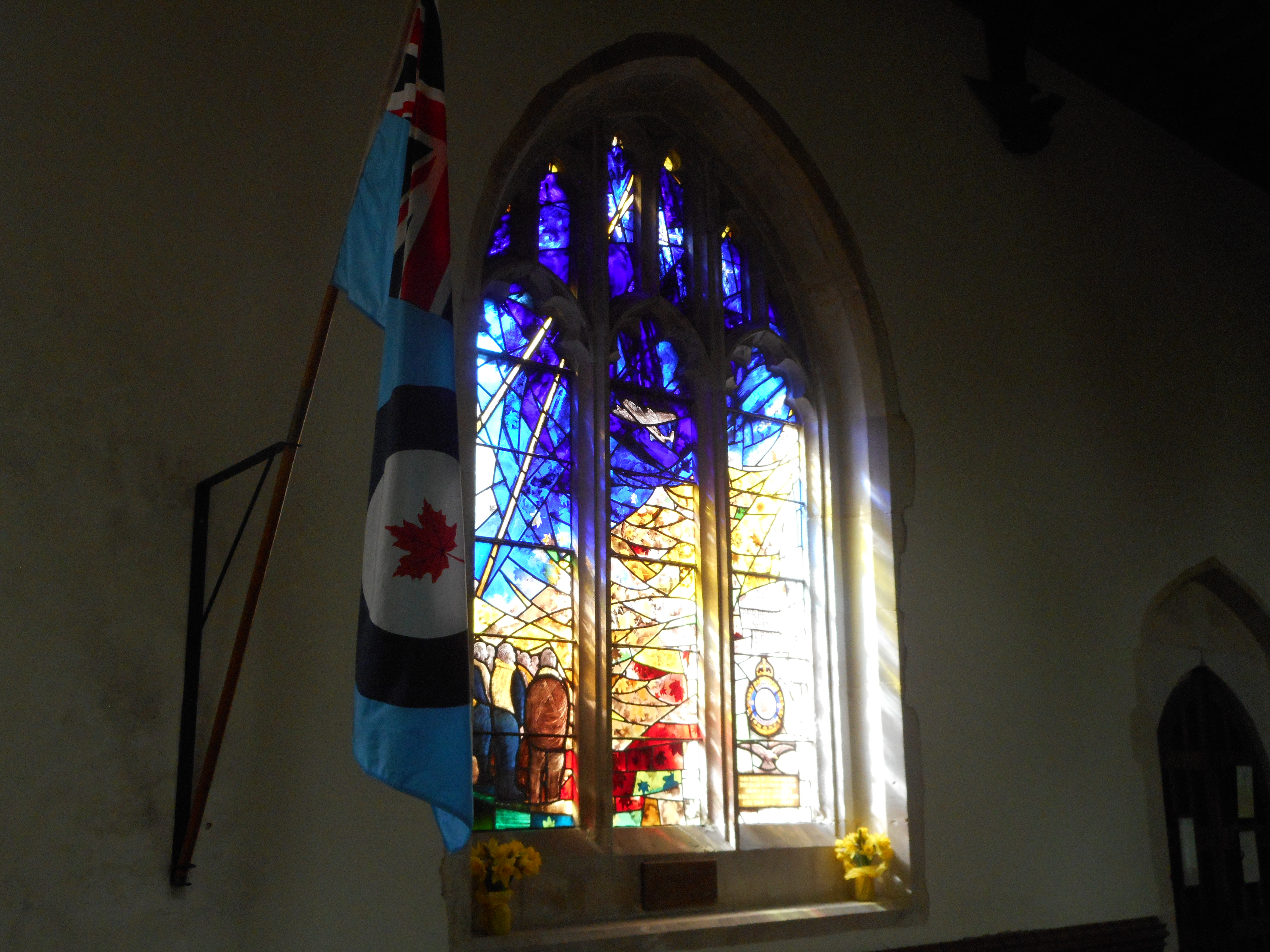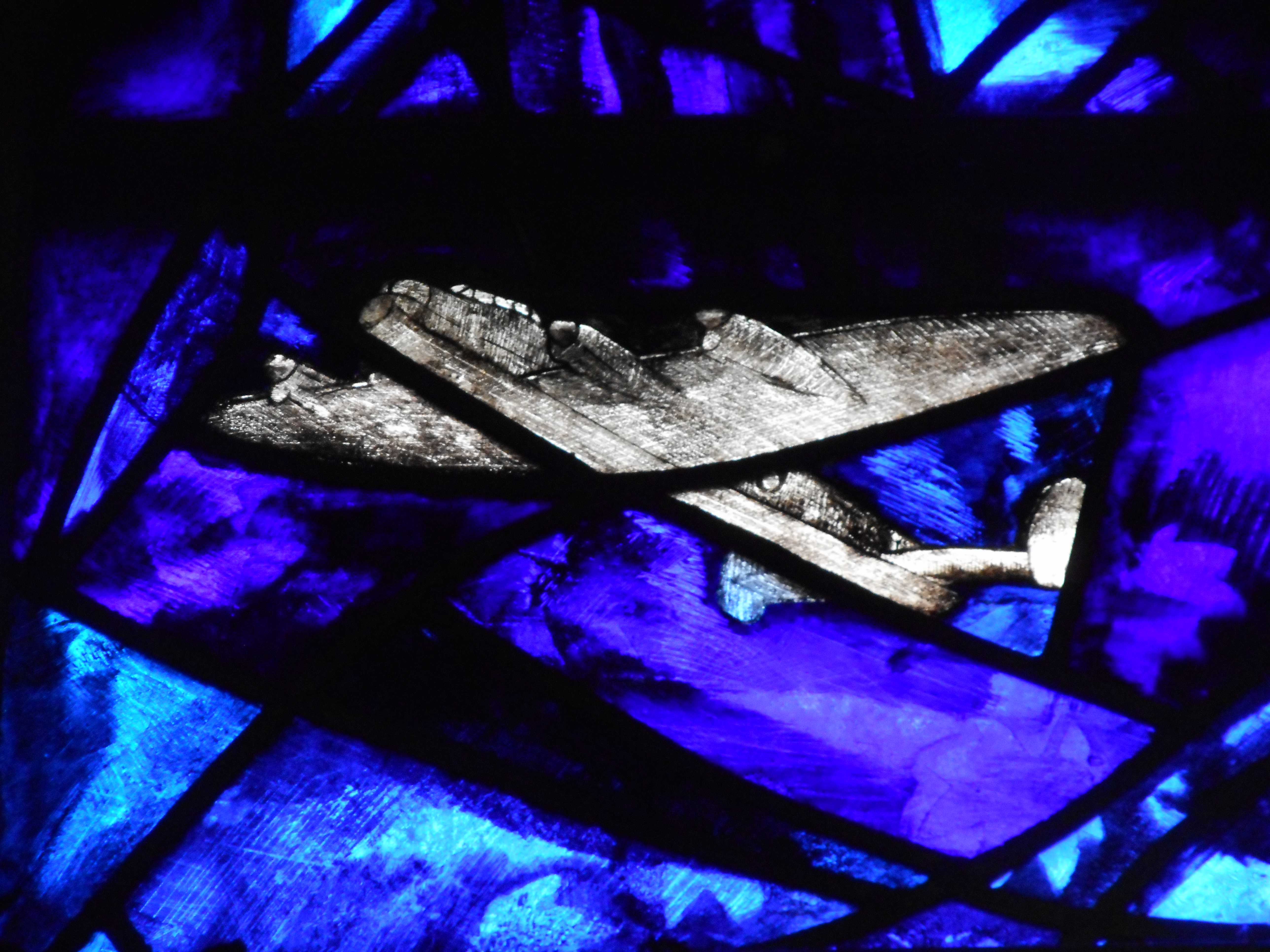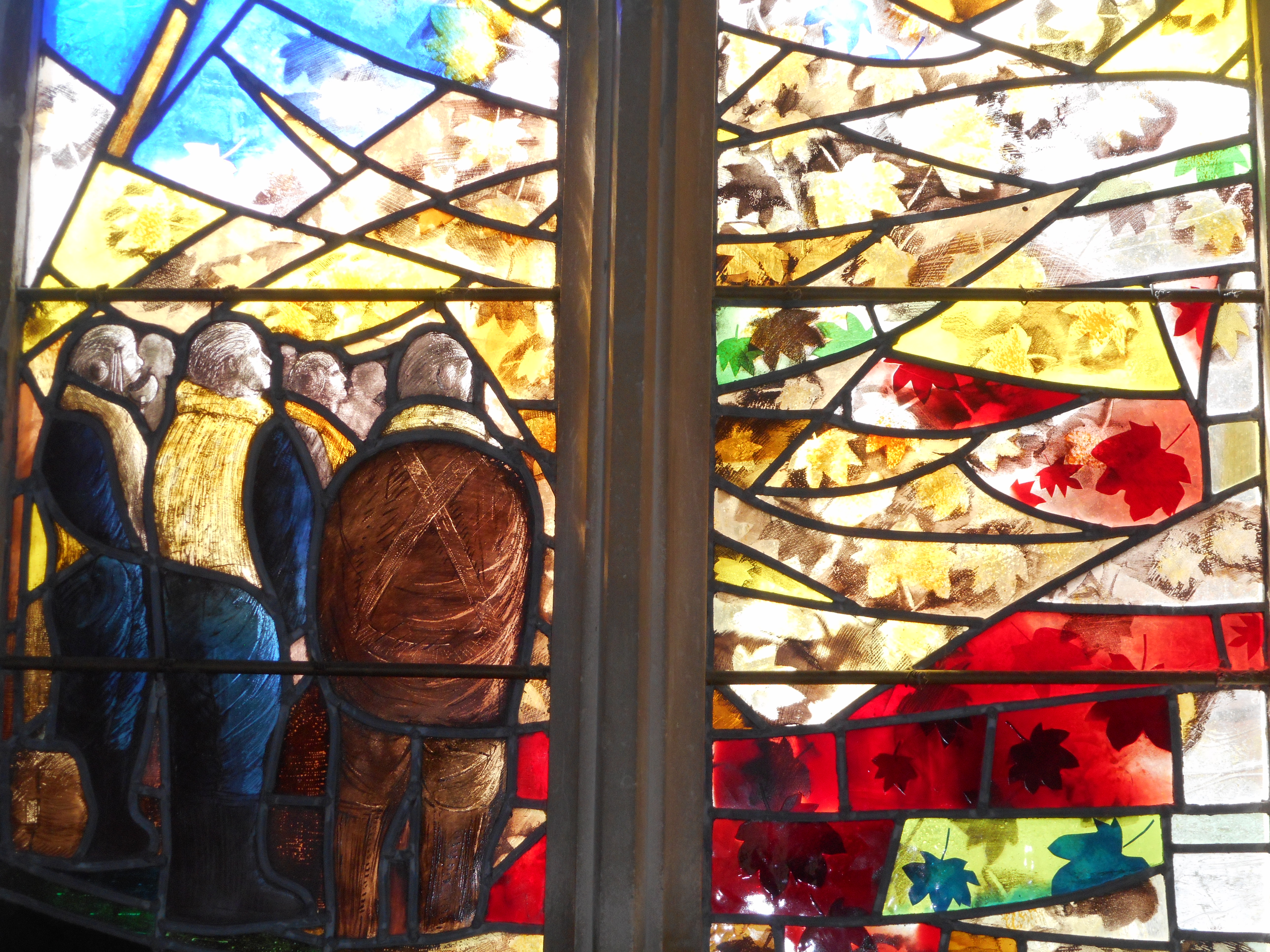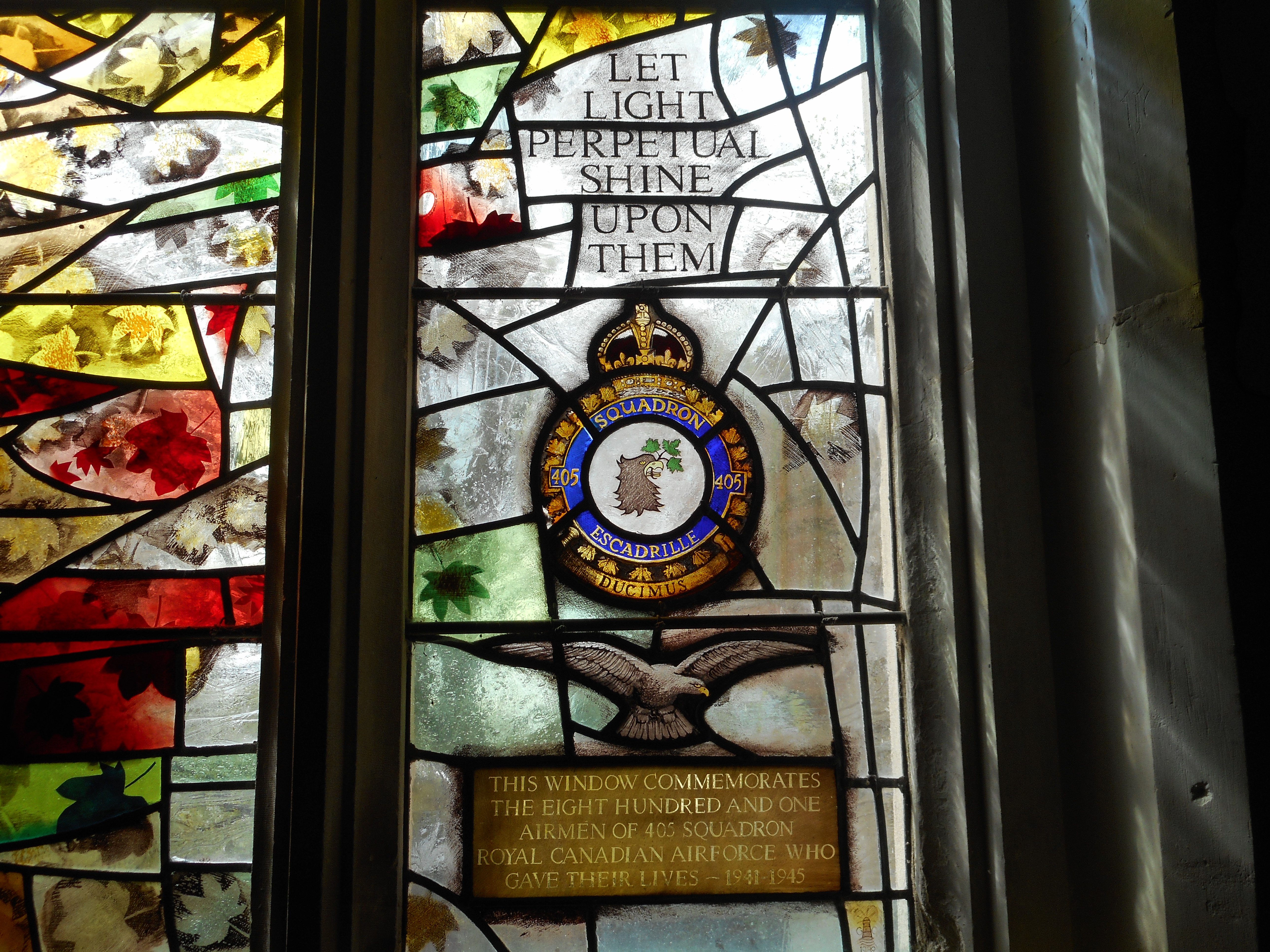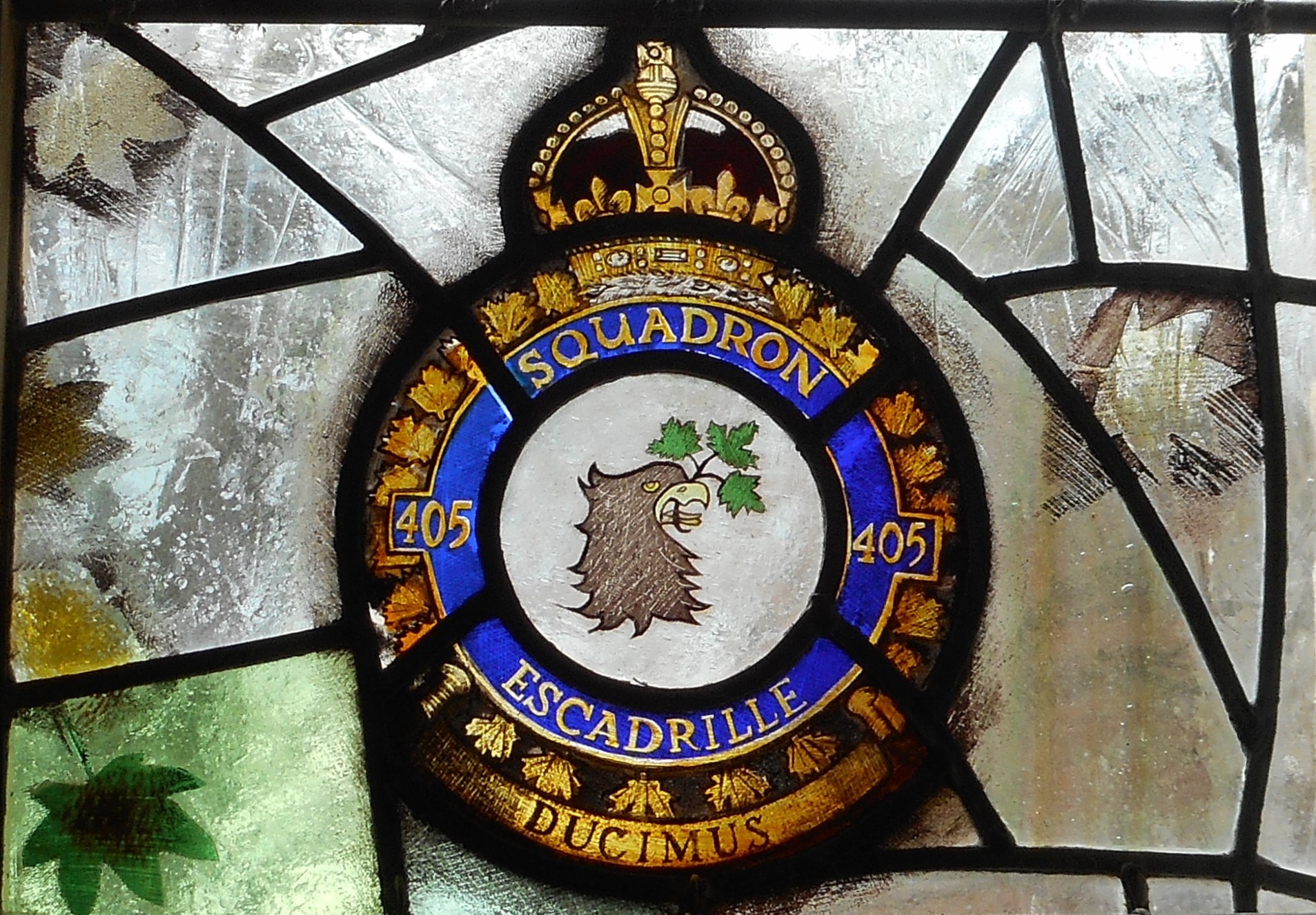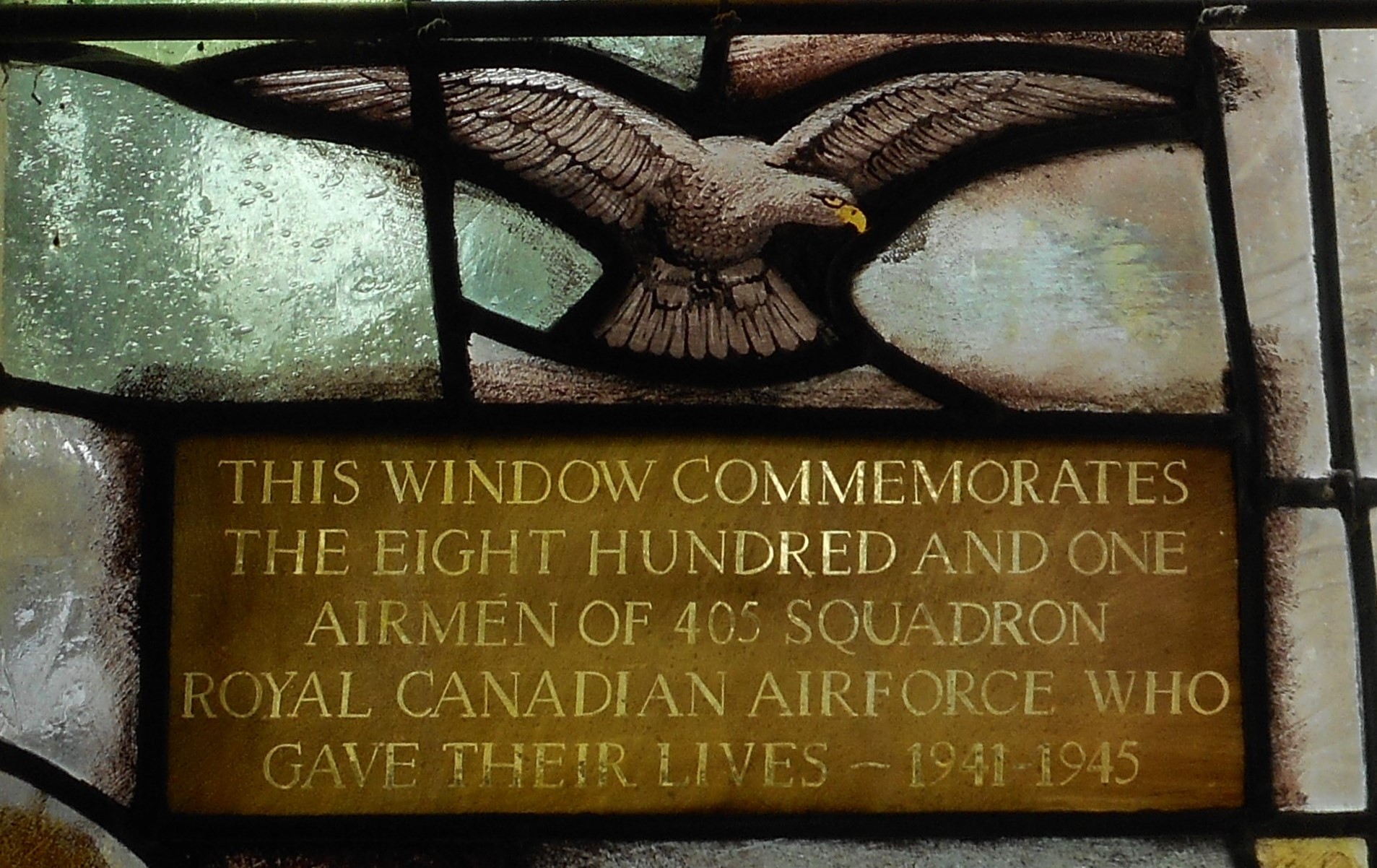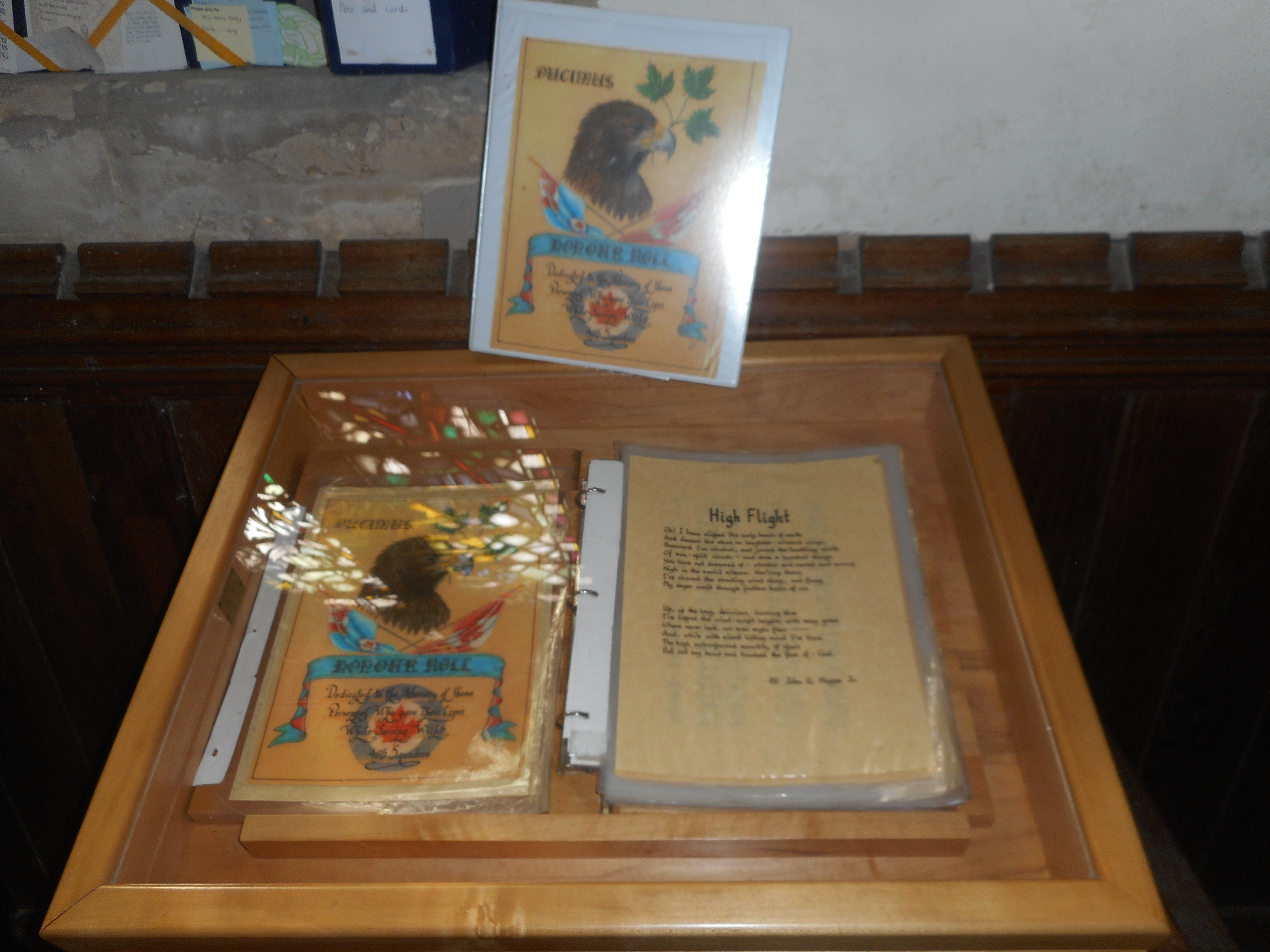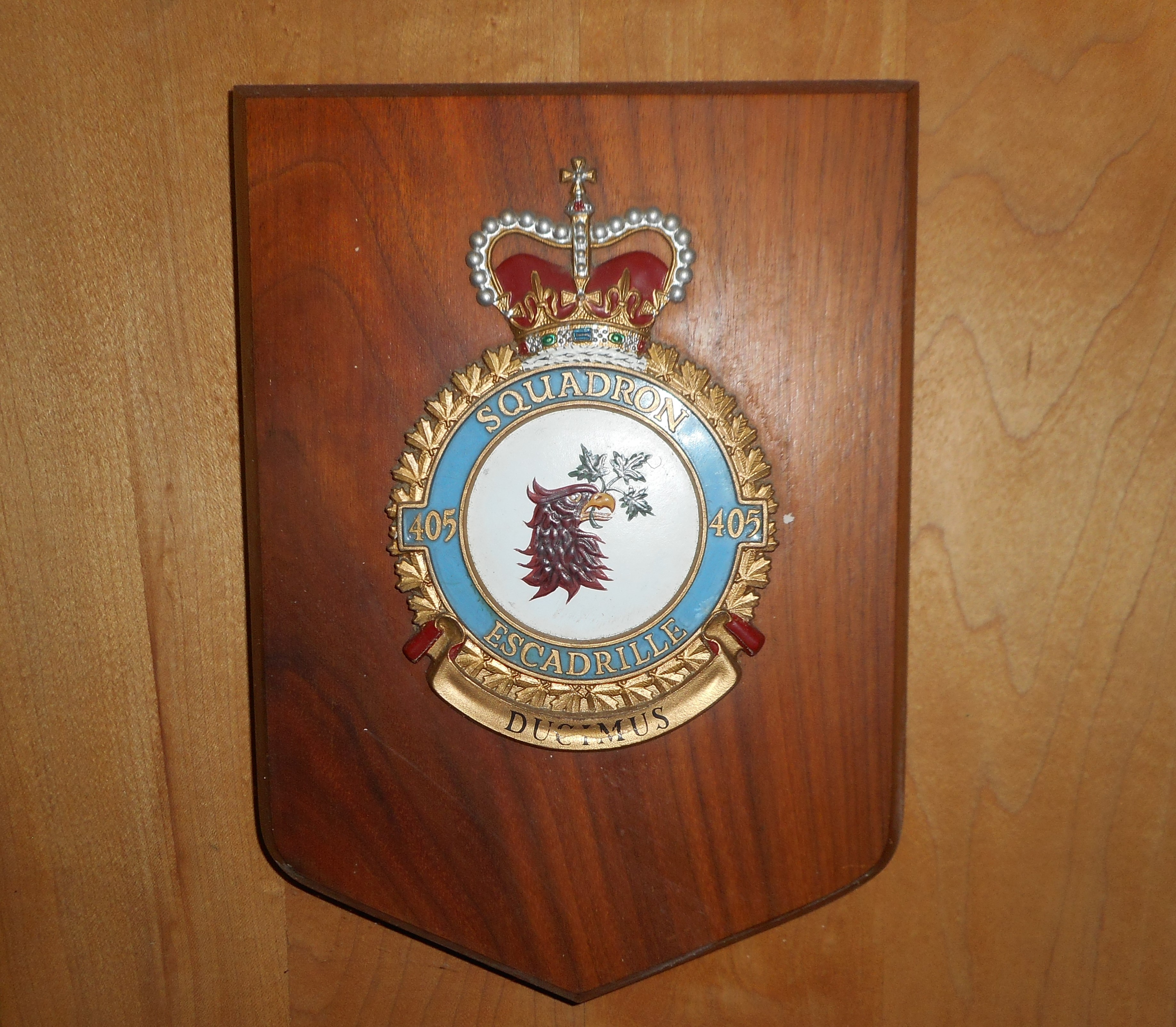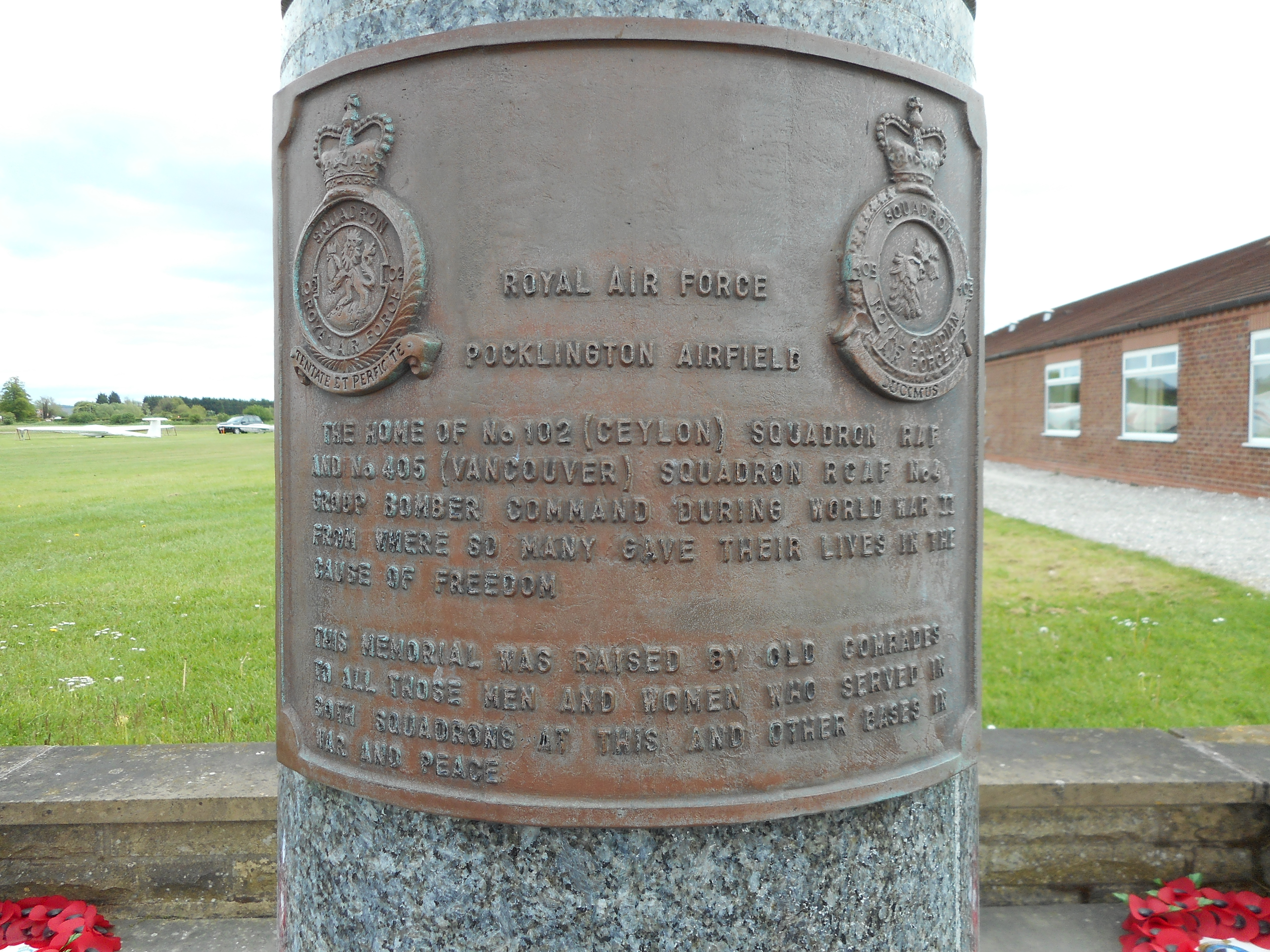Baillie, John Robert
Personal Information
| Rank | F/S |
| Forename(s) | John Robert |
| Surname | Baillie |
| Gender | M |
| Age | 24 |
| Date of Death | 09-09-1942 |
| Next of Kin | Son of John Austin Baillie and Caroline Fraser Baillie (née Robinson), of Vancouver, British Columbia. |
Aircraft Information
| Aircraft | Handley Page Halifax |
| Serial Number | |
| Markings | LU-J |
Memorial Information
| Burial/Memorial Country | United Kingdom |
| Burial/Memorial Place | Runnymede Memorial |
| Grave Reference | Panel 102. |
| Epitaph |
IBCC Memorial Information
| Phase | 2 |
| Panel Number | 125 |
Enlistment Information
| Service Number | R/74696 |
| Service | Royal Canadian Air Force |
| Group | 4 |
| Squadron | 405 (Vancouver) |
| Squadron Motto | Duicmus (We lead) |
| Trade | WOp/AG |
| Country of Origin | Canada |
Other Memorials
| Location | Baillie Peninsula, Manitoba; Within Long Lake |
| Country | Canada |
| Memorial Type | Peninsula |
| Memorial Text |
| Location | Adjacent to Village Windmill, Mill Rd, Great Gransden, Cambridgeshire |
| Country | United Kingdom |
| Memorial Type | Memorial Stone with inscribed Metal Plaque |
| Memorial Text | Remembering 405 (Vancouver) Sqn. PFF at Gransden Lodge 1942 - 1945 |
| Location | St. Bartholomew's Church, Great Gransden, Cambridgeshire |
| Country | United Kingdom |
| Memorial Type | Stained Glass Window, RoH and inscribed metal plaque |
| Memorial Text | Commemorating the 801 airmen of 405 Sqn. RCAF who gave their lives 1941 - 1945 |
| Location | Pocklington Gliding Club, Pocklington Airfield, East Yorkshire |
| Country | United Kingdom |
| Memorial Type | Marble Pillar and inscribed metal plaque |
| Memorial Text | In memory of 102 (Ceylon) and 405 (Vancouver) Sqns. Pocklington Airfield |
Miscellaneous Information
| On loan to Coastal Command at the time |
| John was born on 6 May 1918 in Vancouver. His father worked as a C.N.R. Conductor and was born in Tilley, Alberta and his mother was born on the Shetland Isles, Scotland. The schools John attended were Sexmith school. 1924-1932 (General), and John Oliver 1932-1933, (General) He was then at the Columbia School of Aeronautics 1934-1936 (Ground and some flying) and then Language and Matric School 1936-1937. John spent 1933-1934 travelling. He enjoyed riding and mountain climbing, fishing and hiking and his hobby was writing. John worked as a Mucker for C.M & S. Co. Goldfields 1937-1939 and as a Brakeman for C.N.R. Vancouver |
| On 9 October 1940 he enlisted and after training arrived at 3 PRC in the U K on 31 July 1941, 19 OTU 29 September 1941, 58 Squadron 21 January 1942 and 405 Squadron on 19 February 1942. |
Commonwealth War Graves Commission
The National Archives
Last Operation Information
| Start Date | 08-09-1942 |
| End Date | 09-09-1942 |
| Takeoff Station | Topcliffe |
| Operation | Frankfurt |
| Reason for Loss | Inexplicably bailed out of his aircraft on the return journey. His body was never found. |
